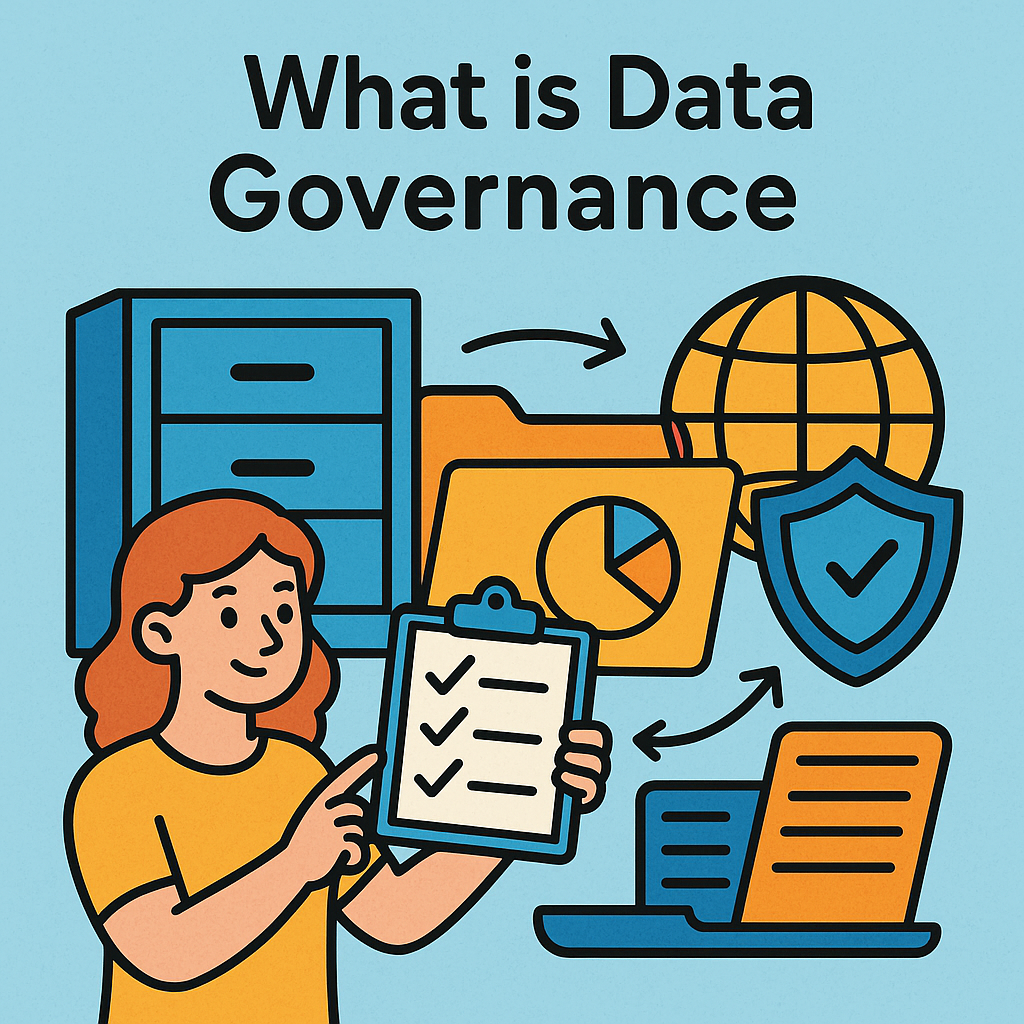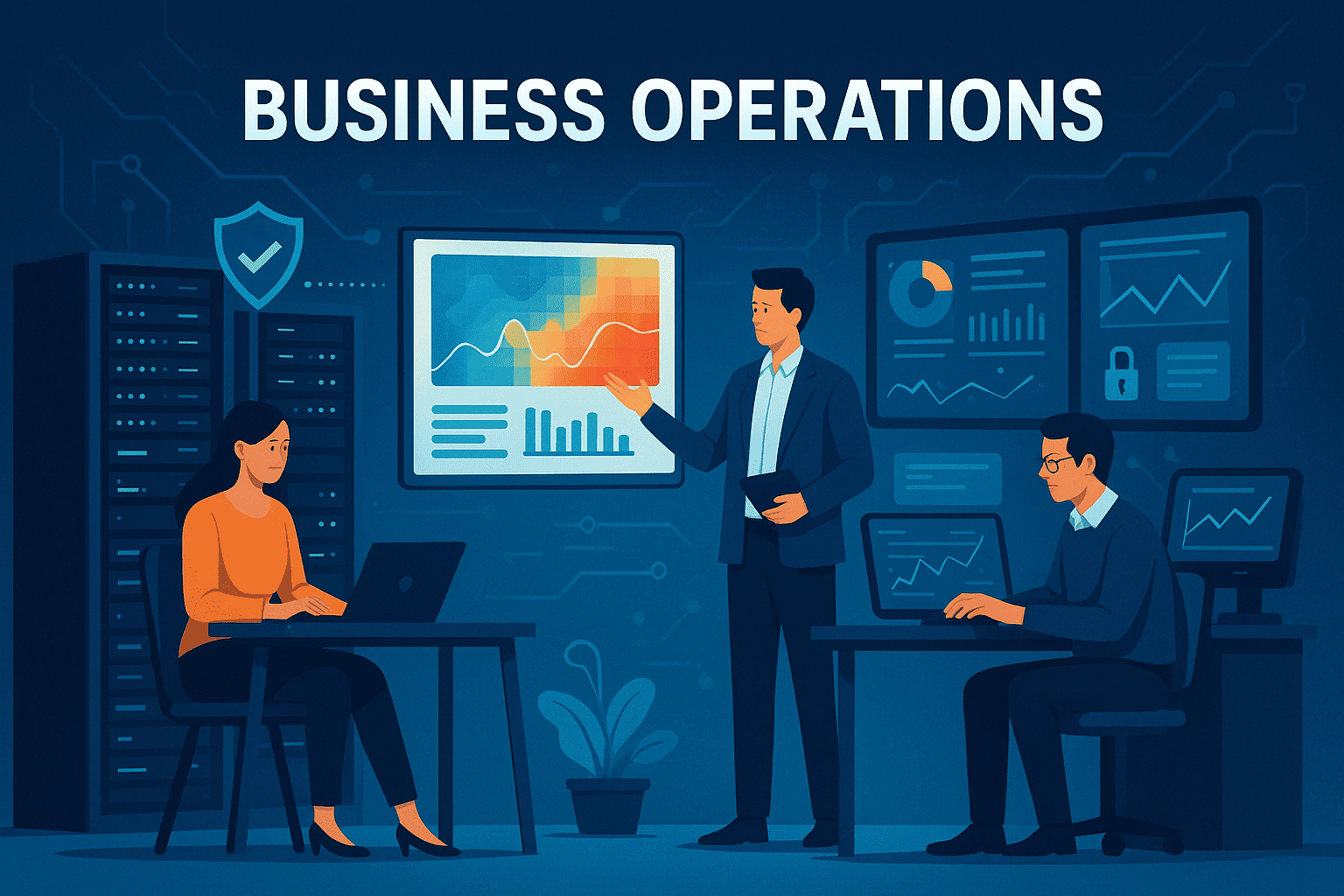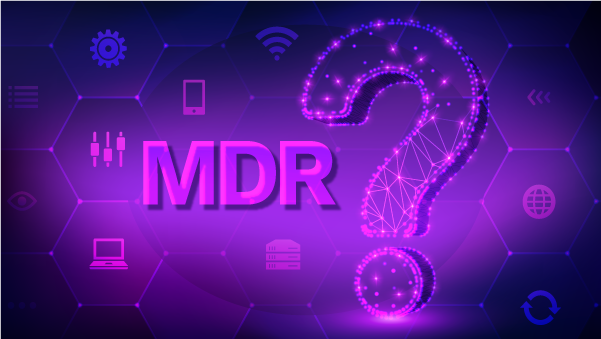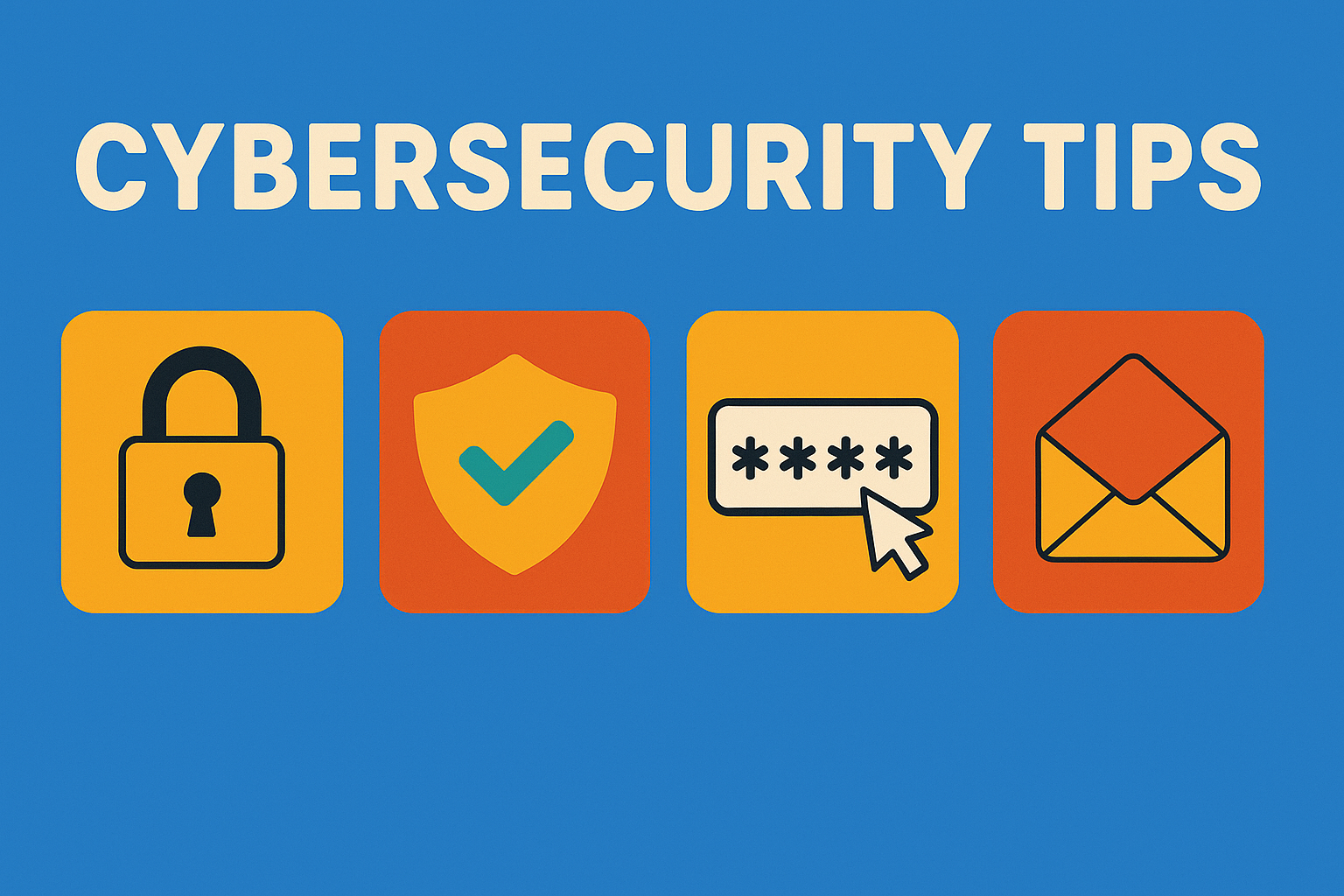What Is Data Governance? An Essential Guide for IT Leaders and Executives
Updated on October 27, 2025, by Xcitium

Have you ever asked what is data governance and why it’s becoming a key board-room topic in companies of all sizes? With data volumes exploding and regulatory scrutiny intensifying, understanding how to govern data effectively is no longer optional—it’s strategic. A strong data governance programme ensures your organisation controls, secures and leverages its information assets while meeting compliance and cybersecurity goals.
In this post, we’ll unpack what data governance means, explore high-value keywords like data governance framework, data governance strategy, data stewardship, and data governance best practices. We’ll tailor this to IT managers, cybersecurity professionals, and founders/CEOs by industry. We’ll give you practical steps you can act on today.
What Is Data Governance? The Core Definition
At its simplest, data governance is a discipline that sets up policies, processes, roles and standards to manage an organisation’s data throughout its lifecycle.
Key aspects include:
-
Ensuring data availability, usability, integrity, and security.
-
Defining decision rights and accountabilities: who can take what actions with data, when and how.
-
Aligning data-related practices with business strategy, compliance needs, and risk management goals.
In today’s environment where data drives decisions, informs AI/analytics, and must meet privacy regulations, data governance sits at the heart of a resilient information strategy.
Why Data Governance Matters for Your Organisation
If you’re an IT manager, cybersecurity lead or founder, here are compelling reasons to prioritise data governance in your operations:
1. Better decision-making & operational efficiency
When data is accurate, consistent and accessible, your teams can act fast without chasing unreliable information.
2. Regulatory compliance & risk mitigation
Data governance helps you demonstrate control over data usage, lineage and privacy—critical under GDPR, CCPA, HIPAA and other regimes.
3. Data value realisation and digital transformation
Governed data is an asset. You unlock insights, analytics, and innovation when data is managed and trusted.
4. Security and data protection
Data governance enforces who accesses what, how it’s stored and shared—which supports cybersecurity and avoids data breaches.
Quick stat:
According to one 2025 study, weak governance can cost organisations ≈ US$12.9 million annually in fines, re-work and failed AI projects.
The Key Components of a Data Governance Framework
Let’s break down the building blocks of a strong data governance strategy—what some call the data governance framework.
Roles & Responsibilities
-
Define data owners, data stewards, data users, executive sponsors.
-
Set clear accountability lines and decision-making protocols.
Policies, Standards & Procedures
-
Data classification (e.g., public, internal, restricted).
-
Data access and sharing policies.
-
Privacy, retention and archival rules.
-
Standard operating procedures across the data lifecycle.
Data Quality & Metadata Management
-
Implement data quality metrics (accuracy, completeness, consistency, timeliness).
-
Maintain metadata catalogs/guides so users understand what data means and how to use it.
Lifecycle Management & Governance of New Technologies
-
Track data from creation/acquisition to usage, archiving, deletion.
-
Pay attention to unstructured data, cloud data, AI/ML data pipelines which often evade governance.
Monitoring, Enforcement & Metrics
-
Use KPIs, audits and dashboards to measure governance effectiveness (data incidents, quality rates, compliance metrics).
-
Use technology tools and automation to enforce rules.
Change Management and Culture
-
Governance is not just technology—it must be embedded in business culture. As one article put it, “data governance is about 80-95 % communication”.
-
Train stakeholders, routinely update policies and respond to changing technology/regulation.
How to Build and Implement a Data Governance Strategy
Here is a step-by-step approach you can follow in your organisation today.
Step 1: Assess Current State
-
Map your data assets, data stores and flows.
-
Identify who uses data, for what purpose, and what risks exist (duplication, poor quality, regulatory).
-
Document existing processes and gaps.
Step 2: Define Vision & Objectives
-
Link governance goals to business outcomes: e.g., “Improve trust in data for executive dashboards”, “Meet GDPR compliance for customer data”.
-
Set measurable objectives: reduce data incidents by X%, improve data quality score to Y.
Step 3: Develop the Framework
-
Define roles (data owner, steward), policies (access control, classification), standards (naming, metadata) and governance committees.
-
Choose or build tools (metadata management, data catalog, governance workflows).
Step 4: Pilot and Roll-Out
-
Start with a manageable domain (e.g., customer data) to prove value.
-
Deploy process, tools and monitor results. Use the pilot to refine and scale.
Step 5: Monitor, Measure & Iterate
-
Track metrics: data quality scores, policy compliance rates, incidents.
-
Adjust framework as business, technology and regulations evolve.
Step 6: Embed Culture
-
Communicate governance value across teams.
-
Provide training, share success stories, sustain momentum.
Common Challenges and How to Overcome Them
Despite its benefits, implementing data governance often runs into roadblocks.
Challenge 1: Lack of Executive Sponsorship
Without leadership buy-in, governance initiatives struggle for resources and visibility.
Solution: Secure executive sponsorship early, show business value (risk reduction, efficiency gains).
Challenge 2: Data Silos & Poor Data Quality
If business units operate their own data stores without coordination, governance suffers.
Solution: Use the framework to enforce standards, metadata, cross-department visibility.
Challenge 3: Balancing Accessibility and Security
Data needs to be available for analytics, yet private data must be protected.
Solution: Apply role-based access, data classification, audit logs and modern data security tools.
Challenge 4: Complexity of New Data Sources
Unstructured data, cloud environments and AI pipelines add hidden risk.
Solution: Extend governance to cover these sources, treat them like any other asset.
Challenge 5: Sustaining Momentum
Governance is not a one-off project. Lack of engagement kills value over time.
Solution: Build ongoing governance metrics, celebrate wins, embed governance in day-to-day culture.
Data Governance by Industry: What IT Managers & CEOs Should Know
Different industries face different data governance pressures. Here’s how it plays out:
Healthcare
-
Must govern patient data, follow HIPAA, ensure data integrity for clinical decisions.
-
Data governance ensures trusted data, reduces risk of breaches and maintains patient safety.
Finance & Banking
-
Compliance with multiple regulations (e.g., SOX, Basel, GDPR).
-
Data governance supports audit trails, data lineage and reduces regulatory risk.
Manufacturing & IoT
-
Large volumes of sensor and machine data.
-
Governance ensures clean, reliable data for analytics, predictive maintenance and digital transformation.
Retail & Consumer-facing
-
Personal data, behavioural data, and omnichannel integration.
-
Governance ensures privacy compliance, data quality and customer trust.
In each case, as IT managers/CEOs you should ask: Do we have clear ownership of our data? Can we trust our data for analytics? Are we meeting our compliance requirements?
Metrics & KPIs: How to Measure Success in Data Governance
To know whether your governance initiative is working, track these key metrics:
-
Percentage of data assets with assigned data owners/stewards.
-
Data quality scores (accuracy, completeness, consistency) across major datasets.
-
Number of data incidents or breaches involving governed data.
-
Time to access trusted data for analytics or decision-making.
-
Cost savings from reduced data duplication or re-work.
-
Compliance audit findings or reduction in regulatory fines.
These metrics help translate governance into business value and make it visible to leadership.
The Future of Data Governance: Trends to Watch
-
AI and Generative Analytics: Governance must extend into AI training data, model governance and ethical use.
-
Cloud & Multi-Cloud Data Ecosystems: Data crosses environments; governance must cover cloud, hybrid and edge.
-
Data Sovereignty & Regulation: Governments tighten rules over data flows and usage globally.
-
Data as Competitive Asset: Governance supports not just risk reduction but turning data into business advantage.
Conclusion
So, you now know what is data governance—it’s the structured discipline of defining roles, processes and standards to manage your organisation’s data assets for integrity, usability, security and compliance.
For IT managers, cybersecurity teams and executives, embracing data governance means improved decision-making, reduced risk, and better leverage of your data as a strategic asset.
Start small, stay focused, track results—and build a culture that values data governance as part of your enterprise fabric.
👉 Ready to ensure your data strategy supports your security and business goals? Request a demo of Xcitium’s platform tailored for data-driven, secure and compliant operations.
FAQs
Q1. What is data governance and how is it different from data management?
A: Data governance defines the who, what, when, how of data—roles, policies, and standards. Data management deals with the processes of collecting, storing, processing and utilising data. Governance is the framework; management is the execution.
Q2. What are the main benefits of data governance?
A: Improved decision-making, enhanced data quality, reduced regulatory/compliance risk, better operational efficiency and higher trust in data overall.
Q3. Who should be responsible for data governance?
A: Responsibilities typically include: executive sponsor (e.g., CDO), data owners (business unit leaders), data stewards (operational leads), and a governance committee. Clear accountability is key.
Q4. How long does it take to implement a data governance framework?
A: It depends on organisation size, data complexity and maturity. A pilot can launch in 3-6 months; full enterprise roll-out may take 12-24+ months with continuous improvement.
Q5. How does data governance support cybersecurity?
A: It creates structure around data classification, access control, usage tracking and lifecycle management—reducing exposure, preventing misuse and enhancing visibility for security teams.














